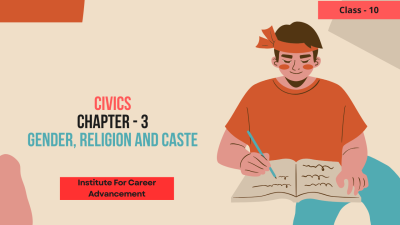Urban Administration - Class 6
Urban Administration for Class 6 focuses on the organization and management of cities and towns. It explains how local governments, like municipal corporations or municipalities, are responsible for providing essential services such as water supply, sanitation, street lighting, waste management, and maintaining public spaces. The chapter also covers the roles of key officials, such as the mayor and municipal commissioner, and how citizens interact with urban administrative bodies for various civic issues. ষষ্ঠ শ্রেণীর জন্য নগর প্রশাসন শহর ও শহরগুলির সংগঠন ও ব্যবস্থাপনার উপর দৃষ্টি নিবদ্ধ করে। এটি ব্যাখ্যা করে যে কীভাবে পৌর কর্পোরেশন বা পৌরসভার মতো স্থানীয় সরকারগুলি জল সরবরাহ, স্যানিটেশন, রাস্তার আলো, বর্জ্য ব্যবস্থাপনা এবং সর্বজনীন স্থানগুলির রক্ষণাবেক্ষণের মতো প্রয়োজনীয় পরিষেবা প্রদানের জন্য দায়বদ্ধ। এই অধ্যায়ে মেয়র ও পৌর কমিশনারের মতো প্রধান কর্মকর্তাদের ভূমিকা এবং নাগরিকরা কীভাবে বিভিন্ন নাগরিক সমস্যার জন্য শহুরে প্রশাসনিক সংস্থাগুলির সাথে যোগাযোগ করে তাও অন্তর্ভুক্ত করা হয়েছে।
English
Last updated
Wed, 27-Nov-2024



















